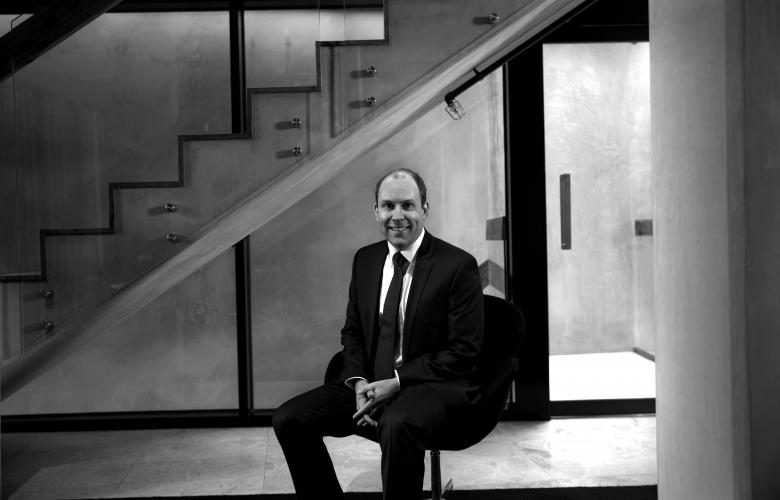Population growth and infrastructure spend to drive Victoria’s industrial supply to new heights
Contact
Population growth and infrastructure spend to drive Victoria’s industrial supply to new heights
Transformation of Melbourne’s industrial sector sees changes to occupier demand and increases in investor demand, says Urban Property Australia.
Industrial property has outperformed other domestic property sectors boosted by strong rental growth and continued yield compression, according to Urban Property Australia (UPA) Founder and Managing Director, Sam Tamblyn.
Over the past year, Victoria’s population grew by 2.1 per cent to reach 6.57 million persons, above the national average growth rate of 1.6 per cent.
At a glance:
- 600,000 square metres of new industrial stock is under construction and scheduled for completion in 2020
- Speculative development increased through 2019 with 275,000 square metres projected to be completed compared with 125,000 square metres speculatively developed in 2018
- Prime industrial rents grew by 6 per cent over the year to September 2019 while yields remain below the previous historical low with prime yields ranging between 5.25 per cent and 6.50 per cent
Mr Tamblyn said that to support the population growth, the state government was investing in infrastructure, with Government spending projected to average $10.6 billion a year over the next four years, more than double the average of the previous four years.
“In total, there is $30 billion worth of transport projects currently under construction in Victoria and a further $54 billion across various planning stages,” he said.
Boosted by the state’s population growth, businesses have also expanded with leasing activity in the Melbourne industrial market remaining robust in 2019 with above average tenant demand.
Having peaked in 2016, the level of vacant industrial property has trended down, falling to five-year lows as at September 2019.
Underpinned by strong pre-commitments, new supply for the Melbourne industrial market is forecast to reach its highest level in 10 years in 2020.
UPA forecasts that new supply for the Melbourne industrial market will reach decade highs.
At present 600,000 square metres of new industrial stock is under construction and scheduled for completion in 2020, most of which is located in the North.
In addition to the high level of pre-commitments, UPA recorded a significant increase in speculative development over 2019 with 275,000 square metres projected to be completed compared with 125,000 square metres speculatively developed in 2018.
Mr Tamblyn said that the successful absorption of the speculative developed projects had buoyed developers to undertake further speculative development with 2020 forecast to be another above average year for speculatively developed industrial completions.
He said that declining vacancy levels coupled with sustained tenant demand had placed upward pressure on rental levels with Melbourne prime industrial rents growing by 6 per cent over the year to September 2019.
Despite speculative development activity above average, UPA projects that rents will continue to grow across the Melbourne industrial market in 2020 aided by the low vacancy levels.
Despite strong investor interest for Melbourne industrial property, sales activity in 2019 to date totals $1.4 billion, which is expected to be lower than the previous four calendar years.
“The lower investment volume, however, should not be interpreted as a reflection of waning demand for industrial assets; rather a shortage of available investment grade properties on market,” Tamblyn said.
The tight supply of investment grade assets coupled with strong investor demand resulted in continued compression of Melbourne industrial yields through the year to September 2019.
Prime Melbourne industrial yields remain below the previous historical low with prime yields ranging between 5.25 per cent and 6.50 per cent.
“Given the record low yields at present, further capital growth will be driven in the short term by income growth rather than significant further yield compression,” he said.
Similar to this:
Tottenham site bought for $22 million
Pomeroy Pacific expands $1 billion project pipeline with Mulgrave industrial site acquisition






